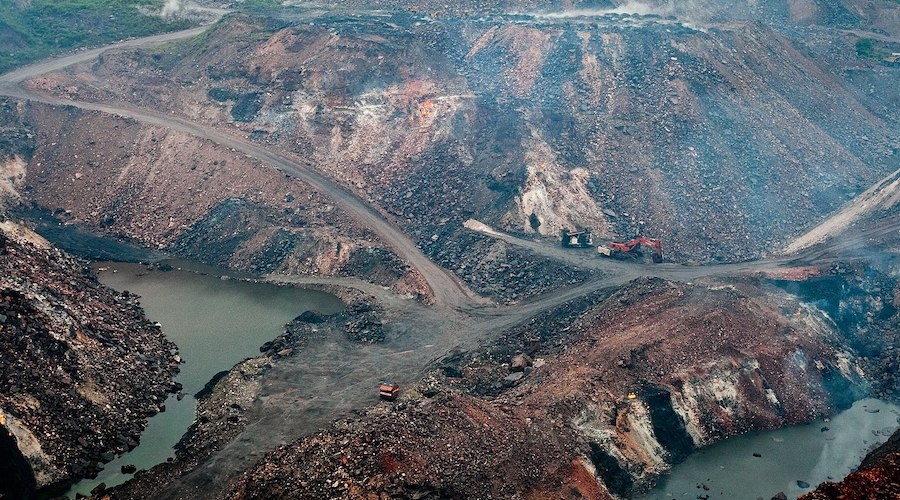India–US Trade Tensions Rise Over Steel and Auto Tariffs NMDC Limited reports a 38% drop in Q4 FY24 consolidated net profit RINL to Raise $23 Million Through Land Sales Amid Crisis

A recent commentary in the journal Nature states that sustainability initiatives are being hampered by a lack of reliable data on many aspects of mining operations and a lack of a comprehensive inventory of all mines globally.
While there has been increased exploitation of lithium for batteries, cobalt for smartphones, and neodymium for wind turbines in recent decades, Tim Werner from the University of Melbourne and Victor Maus, a researcher in the Novel Data Ecosystems for Sustainability Research Group of the IIASA Advancing Systems Analysis Programme, point out that scientists, policymakers, and even industry leaders know very little about what's going on in the mining sector globally and the extent to which the activity is causing deforestation, biodiversity loss, air, water, and soil pollution, human health hazards, community displacement, and the loss of biodiversity.
“Independent research is essential to decipher the extent of risks posed by mining and its impacts on the environment and communities all over the globe, as well as to help identify major challenges and build public trust,” Maus said in a media statement.
The reasons for such data scarcity, which the researchers say has meant that about half of the world’s mining impacts remain undocumented, range from limited corporate reporting to disused, informal, or illegal sites.
Maus and Werner, thus, propose four steps to address this challenge. This includes acknowledging and addressing the underestimation of mining impacts and risks worldwide, improving data gathering and sharing practices among scientists, enhancing corporate transparency in the mining sector, and utilizing advanced techniques like remote sensing and artificial intelligence to fill data gaps.
Also Read : KABIL to invest over ₹200 cr towards securing lithium supplies in Argentina: Pralhad Joshi Battery-maker Eveready industries India’s Q3 profit jumps 55% on lower expenses